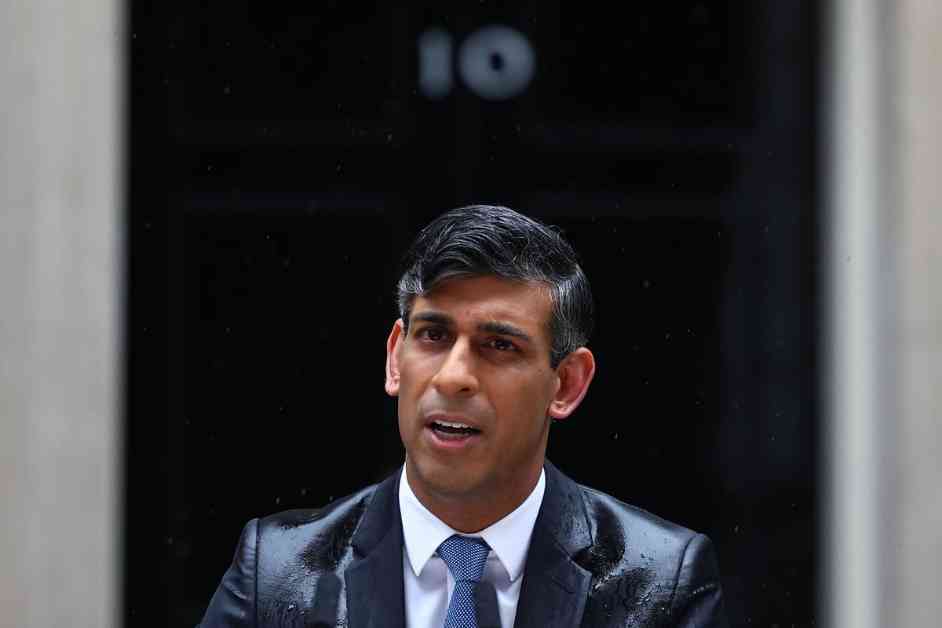Analysis of Tory MPs Who Sent No-Confidence Letters During Sunak’s General Election Call
The political landscape in the United Kingdom was rocked when Chancellor Rishi Sunak called for a snap general election, catching many by surprise. Speculation was rife that Sunak was being pressured by Members of Parliament within the Conservative Party who had sent letters of no confidence in his leadership. However, the revelation that only 10 such letters had been received by Sir Graham Brady, chairman of the 1922 Committee, shed new light on the situation.
Sir Graham Brady’s Tell-All Book
In his autobiography titled “Kingmaker,” Sir Graham Brady shared insights into the events leading up to the general election. He revealed that despite reports suggesting around 50 no-confidence letters had been submitted, he had only received nine. This discrepancy highlighted the challenges of relying on confidential correspondence to gauge support within the party. Brady emphasized that while some colleagues may have been frustrated with Sunak’s leadership, a hasty change in leadership would have been detrimental to the party.
Brady commended Sunak for his handling of the prime minister’s role, noting that criticisms of his wealth and alleged disconnect with the public were unfounded. He described Sunak as surprisingly normal and attributed any shortcomings to his cautious approach to governance. The revelation that only 10 letters were in Brady’s possession at the time of the election call dispelled rumors that Sunak was on the brink of facing a confidence vote.
Political Fallout and Controversies
The aftermath of the general election saw the Conservative Party suffering its worst defeat in history, with Labour’s Keir Starmer clinching victory. Former Prime Minister Boris Johnson’s remarks about Tory backbenchers who criticized his former adviser, Dominic Cummings, shed light on the internal tensions within the party. Johnson’s scathing comments labeling his critics as “spineless chicken s***” underscored the divisions that had emerged, especially in light of Cummings’ controversial actions during the lockdown period.
The revelation that Liz Truss contemplated stepping down after a botched mini-budget only added to the turmoil within the party. Reports of Truss planning to delay her resignation for six months despite widespread criticism highlighted the challenges of maintaining unity and coherence among party members. The dynamics between key figures like Truss, Sunak, and Johnson reflected the power struggles and shifting allegiances that characterized the Conservative Party during this tumultuous period.
Lessons Learned and Moving Forward
The events surrounding the no-confidence letters, the general election, and the subsequent fallout underscored the complexities of party politics and leadership transitions. The discrepancies between perceived support and actual numbers of letters highlighted the importance of transparency and communication within political organizations. The challenges faced by leaders like Sunak and Johnson in navigating internal dissent and external pressures served as a cautionary tale for future party leaders.
As the Conservative Party regroups and seeks to rebuild after the electoral defeat, lessons learned from this tumultuous period will undoubtedly shape its future trajectory. The need for unity, clarity of vision, and effective communication will be paramount in charting a path forward for the party. The revelations and controversies that emerged during this period of upheaval will serve as valuable lessons for all political stakeholders, highlighting the fragility of power and the importance of strategic decision-making in turbulent times.












